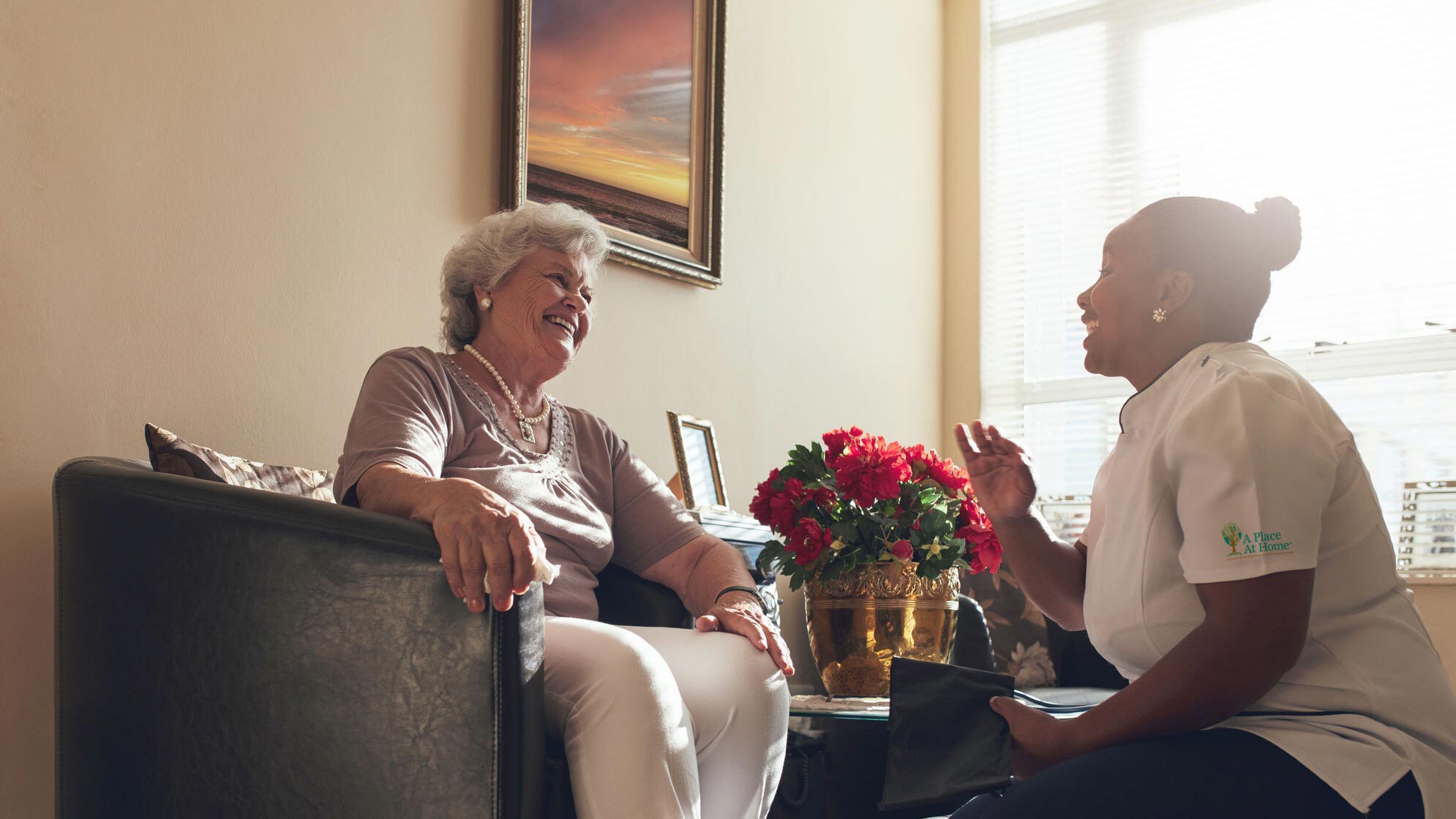Turn your passion into profit with these top health franchises. From fitness to home care to healthy eating, explore your many options and which is best for you.
Why Should I Consider Investing in a Franchise?
First, why should you invest in a franchise instead of opening your own business from scratch?
Investing in a franchise allows you to operate under an established brand with a proven business model. The brand recognition and business model significantly reduce the risks associated with starting a business from scratch. Entrepreneur found, on average, only 3.9% of franchises were terminated or closed over the first five years of operation. With the reduced risk, lenders are more likely to fund franchisees.
Franchises provide support in terms of training, marketing, operational strategies, and IT support, making it easier for you to hit the ground running. Moreover, being part of a franchise means being part of a larger network, which can be invaluable for support and advice.
Top Health Franchises to Consider
The global wellness economy hit a record high of $5.6 trillion in revenue in 2022, according to the Global Wellness Institute. The research organization forecasts that the number will grow to $8.5 trillion by 2027. So, what makes up this economic sector?
- Fitness centers and gyms: As a popular choice for wellness franchises, they cater to a growing demand for physical fitness and offer a range of services, from personal training to group classes. Due to the size of the building needed and the amount of expensive equipment required for this type of franchise, the investment price tag is generally high. Brands like Anytime Fitness and Planet Fitness are well-known in this space.
- Chiropractic clinics: For those interested in alternative medicine, chiropractic franchises offer services focusing on spinal health and overall well-being. These clinics often attract clients seeking pain relief and preventive care.
- Physical therapy offices: Franchises in physical therapy provide rehabilitative care and wellness services. They are ideal for those with a background in physical therapy or an interest in helping people recover from injuries and improve their physical capabilities.
- Nutrition and weight loss centers: These franchises focus on diet and nutrition to promote health and wellness. They often offer personalized nutrition plans, weight loss programs, and supplements. Examples of these franchises are Jenny Craig or GNC.
- Yoga and Pilates studios: If mind-body wellness is your passion, investing in a yoga or Pilates studio can be rewarding. These studios offer classes for all skill levels and often incorporate wellness workshops.
- Medical spas: Medical spa franchises combine healthcare and aesthetics, offering services like laser treatments, Botox, and skincare therapies. They cater to a clientele focused on both health and beauty.
- IV hydration clinics: These clinics are becoming increasingly popular, offering intravenous hydration and vitamin therapies for wellness and recovery. They appeal to a wide range of clients, from athletes to those seeking wellness boosts.
- Home care: A home care business like A Place At Home offers a unique opportunity to provide essential services to seniors or those needing in-home care. This sector is experiencing significant growth due to the aging population.
Why Home Care is a Fulfilling Opportunity
The future of home care is bright. The target market will only grow as 10,000 Americans turn 65 every day, and almost all seniors prefer to age within their homes. Home care franchises are often less expensive compared to other types, such as gyms and med spas. For example, A Place At Home has an initial investment range of $84,185 to $148,517.
Beyond the financial side, a home care franchise is not just a business; it’s a chance to make a real difference in people’s lives. As the population ages, the demand for in-home care services is increasing. This sector offers the satisfaction of providing essential services that help individuals maintain their dignity and independence in their homes.
Why A Place At Home is the Right Choice
A Place At Home stands out among home care and senior care franchises for our comprehensive approach. Our franchise offers more than just in-home care; we provide a full spectrum of services, including care coordination, senior living alternatives, and staffing solutions. Investing in A Place At Home means joining a network that values compassion, quality care, and community impact.
We provide our franchisees with a robust support system, ensuring you have the tools, training, and resources needed to succeed. Our business model is designed for growth and sustainability, making it an attractive investment for those enthusiastic about health and caring for others.
If you’re ready to fuel your passion for health, fill out our request information form.










